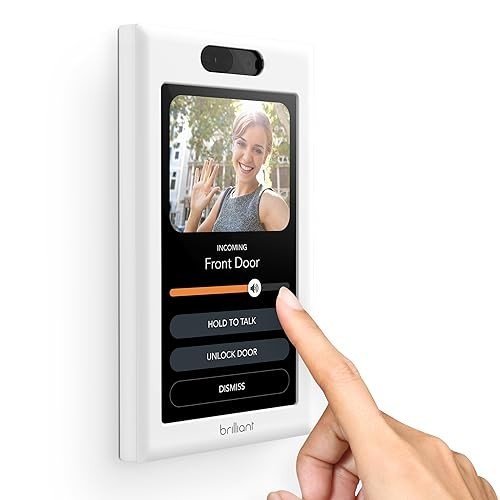Interior Lighting in the UK: A Comprehensive Guide
Interior lighting plays a vital role in developing an atmosphere, improving functionality, and revealing individual style within homes and organizations. In the UK, where the weather condition can be unforeseeable, effective lighting is not only about visual appeals but also about making areas feel warm, welcoming, and practical. This post digs into various elements of interior lighting, incorporating types, patterns, ideas, and regularly asked questions.
Understanding the Importance of Interior Lighting
Lighting is typically considered the backbone of interior decoration. It affects state of mind, functionality, and the viewed size of spaces. The ideal lighting can:
- Enhance the architectural functions of a room.
- Emphasize artwork and design.
- Improve safety and security.
- Influence performance in offices.
- Develop a comfortable atmosphere for relaxation.
Kinds Of Interior Lighting
Effective lighting design usually includes 3 main kinds of lighting: ambient, task, and accent.
1. Ambient Lighting
This is the main source of light in a room, providing total lighting. Typical sources include:
- Ceiling-mounted fixtures
- Chandeliers
- Recessed lighting
- Soft wall sconces
Ambient lighting creates a structure from which other lighting types can develop upon.
2. Job Lighting
Task lighting focuses on particular areas to facilitate activities such as reading, cooking, or working. This type of lighting assists to reduce eye strain and can significantly affect performance. Common sources consist of:
- Desk lamps
- Under-cabinet lights in kitchens
- Reading lamps next to beds
- Track lighting aimed at work surfaces
3. Accent Lighting
Accent lighting includes drama and highlights specific things or locations, such as artwork or architectural functions. www.lightingandlamps.uk of lighting can produce visual interest and depth in an area. Sources consist of:
- Picture lights
- Decorative lamps
- Uplighters
- LED strip lights along racks
Using a combination of these lighting types can cause a well-balanced and multifunctional space.
Popular Lighting Trends in the UK
The interior lighting landscape in the UK continues to progress, affected by style trends, technology, and consumer choices. Here are some popular patterns to watch:
- Smart Lighting: The advent of smart technology has changed how people manage lighting in their homes. Smart bulbs and systems like Philips Hue enable users to manage brightness and color temperature level by means of their smartphones.
- Minimalist Designs: Sleek, basic designs that blend flawlessly with interiors are controling the market. Pendant lights with delicate frames, LED strips, and geometric shapes are particularly trendy.
- Industrial Lighting: This trend showcases raw, reviewed products. Metal fixtures and Edison bulbs offer a vintage touch that is both trendy and practical.
- Eco-Friendly Options: With increasing awareness of sustainability, lots of customers are turning to energy-efficient LED alternatives and fixtures made from sustainable materials.
Tips for Effective Interior Lighting Design
Creating a reliable lighting plan needs thoughtful consideration of different aspects. Here are some ideas:
- Consider the Purpose of Each Room: Every space has a various function. Consider what activities will occur and what kind of lighting will support those activities.
- Layer Lighting: Employ numerous kinds of lighting within a room to produce depth and versatility. Combine ambient, task, and accent lighting to boost both visual appeals and performance.
- Use Dimmers: Dimmers enable for control over brightness levels, making it possible for users to adjust lighting according to mood and time of day.
- Include Natural Light: Make the most of natural light sources like windows. Use light, reflective colors for walls and home furnishings to maximize brightness.
- Consider Color Temperature: Different color temperature levels (determined in Kelvins) develop various environments. Warmer temperature levels (around 2700K-3000K) are comfortable, while cooler temperature levels (4000K+) provide a more clinical or energetic feel.
Interior Lighting Mistakes to Avoid
To produce a well-lit area, it's important to avoid common lighting mistakes. Here are some mistakes to look for:
- Underestimating Wattage: Insufficient wattage can result in dim, unwelcoming spaces.
- Neglecting Scale: Fixtures that are too small for a room can keep an eye out of place, while extra-large fixtures can overwhelm an area.
- Over-reliance on Ceiling Lights: Relying solely on overhead lighting can produce uninviting shadows; balance with extra lighting types.
- Poor Placement: Misplaced lights can develop locations that are too brilliant or too dark. Plan placements attentively.
Frequently asked question Section
1. What is the difference in between warm white and cool white light?
Warm white light (2700K to 3000K) develops a relaxing, welcoming atmosphere, perfect for living spaces and bedrooms, while cool white light (4000K to 5000K) is more fit for work spaces as it enhances concentration and clarity.
2. How can I make the most of natural light in my home?
To optimize natural light, use light-colored walls, strategically place mirrors to reflect light, and choose sheer window coverings that allow sunlight to go through.
3. How do I select the ideal light fixtures?
Consider the size of your area, the style of your design, and the function of the location. Guarantee the scale of fixtures complements the room and matches the overall visual.
4. Are LED lights better than traditional bulbs?
Yes, LED lights are more energy-efficient, have a longer lifespan, and can provide a variety of color temperature levels, making them a more sustainable lighting alternative.
5. What should I do if specific locations of my room stay too dark?
Consider adding additional task or accent lighting to lighten up those locations. Floor lamps, wall sconces, and even strategically positioned table lamps can assist alleviate dark areas.
Interior lighting is an important element of home and organization style across the UK. Comprehending the different types, present patterns, and best practices can assist homeowner in developing areas that are not just trendy but also practical. With thoughtful factor to consider and preparation, reliable lighting can transform any environment, boosting both ambiance and use for years to come.

